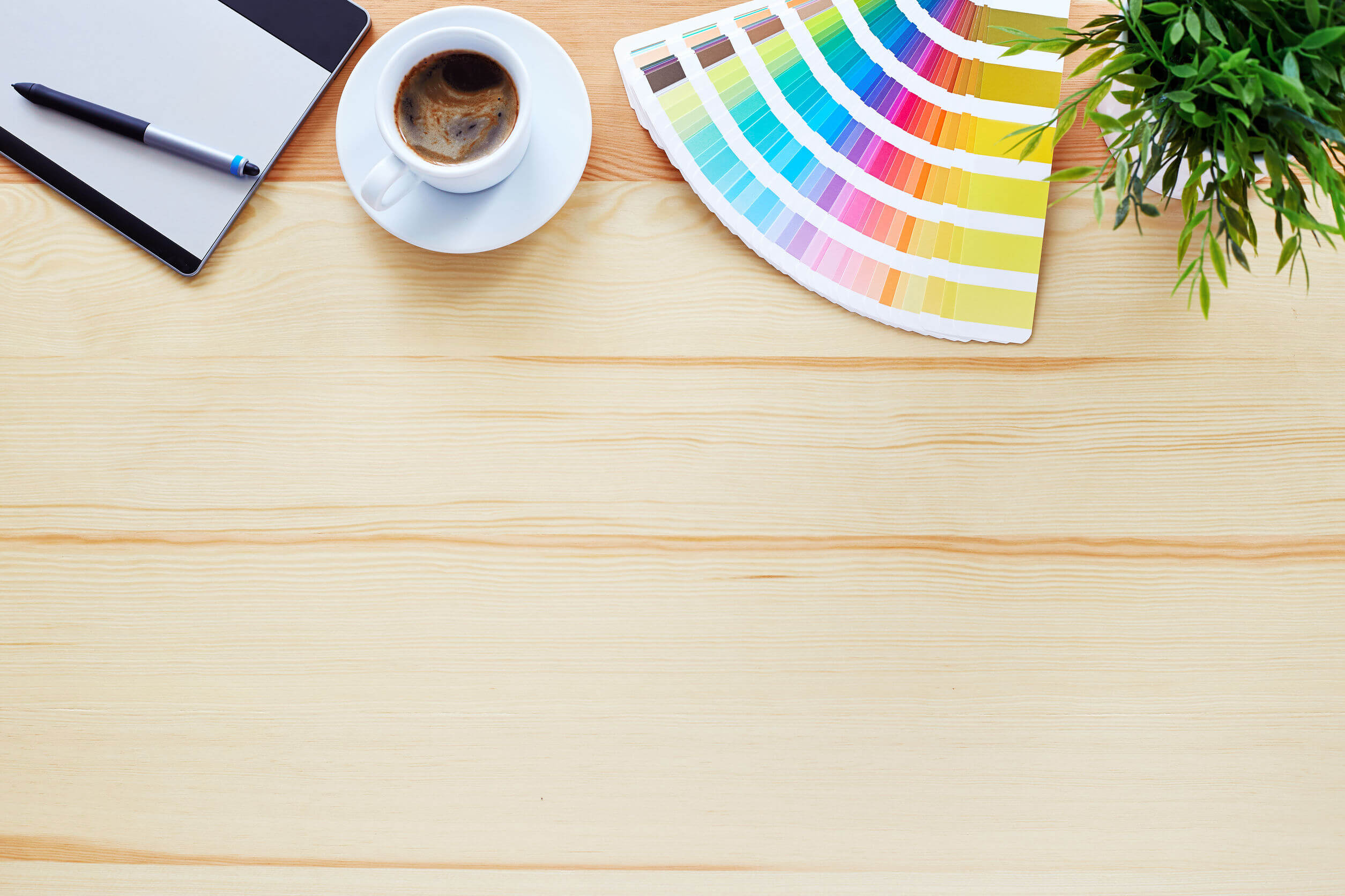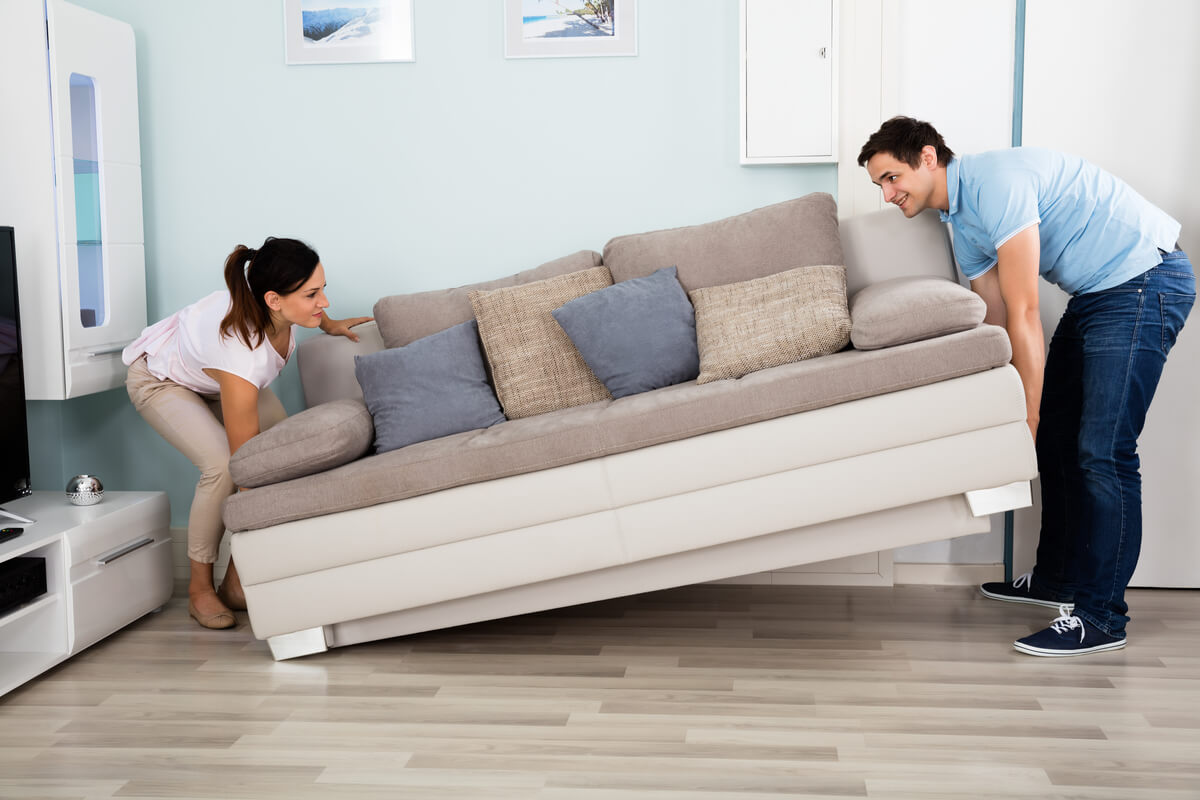The Art of Decorating: Bring Out Your Ingenuity

Creativity is a process followed by human beings to carry out their own productions to demonstrate their personalities. In this regard, the art of decorating is a branch of creativity. We want to help you to make this happen and therefore, bring out the ingenuity in you.
We may all agree that we like to feel different from everyone else. However, the fact we repeat models doesn’t make us different, quite the opposite. The concept of mimesis, which was worked on in ancient Greece, tries to use nature as a point of reference to be copied.
In the world of interior design, however, it’s not always necessary to create a faithful reproduction of everything that surrounds us; in fact, there are multiple formulas to change trends and create truly innovative designs. The important factor is to keep moving forward and progress.
It’s time to become an artist

Everyone has developed some creative process throughout their lives. It’s in schools when this line of knowledge is most worked on. From a young age, the different possibilities offered by drawings, paintings, and materials are explored.
At home, the same approaches can be made, but always following parameters that help to narrow down the direction in which production is to be directed. You must become an artist for a moment and try to extract what you really want to see every day in your home.
If you like light colors and curved shapes, then you have to look for those resources that are under these approaches. After all, the work of an interior designer is similar to that of an artist, hence the need to be ingenious.
The art of decorating: working procedure
Obviously, any work you do at home is going to require research. Nothing can be achieved without planning and an understanding of your objectives. Discover some ideas that may be useful:
- Firstly, ensure you know your house well: the size of the rooms, the types of lighting, the materials that have been used previously, etc. From here, you can make a sketch of the possible design options.
- On the other hand, it’s good that you investigate and observe different decoration formulas online. In the same way, you can go to any store and see furniture and resources that may have a place in your home.
- Don’t be tempted to repeat existing models. The mere act of copying suggests a lack of personality. In other words, the decor isn’t yours but someone else who has applied their ingenuity.
- Probably, the first decor project that you undertake isn’t in the desired form, but this doesn’t mean that the design is poorly developed. It’s all about testing and creating designs that are welcoming.
Ways to stimulate ingenuity in interior design

How can you work creatively and apply ingenuity if, deep down, it isn’t easy to become an artist? Although this question is somewhat singular, it’s convenient to know that we all have an artistic side; in fact, there’s a part of the brain that’s constantly working on producing ideas.
In interior design, the approaches of art are followed. You’re the one who sets the limits, you just have to have clear ideas. Thus, to stimulate your mind, it’s preferable to step forward and take risks. That’s where the art of decorating lies.
A person has the ability to know how to position furniture and to organize a room itself; however, a second opinion is always helpful.
In short, to work with ingenuity you have to enter the world of the arts. Interior design is directly linked to the need to be creative.
Creativity is a process followed by human beings to carry out their own productions to demonstrate their personalities. In this regard, the art of decorating is a branch of creativity. We want to help you to make this happen and therefore, bring out the ingenuity in you.
We may all agree that we like to feel different from everyone else. However, the fact we repeat models doesn’t make us different, quite the opposite. The concept of mimesis, which was worked on in ancient Greece, tries to use nature as a point of reference to be copied.
In the world of interior design, however, it’s not always necessary to create a faithful reproduction of everything that surrounds us; in fact, there are multiple formulas to change trends and create truly innovative designs. The important factor is to keep moving forward and progress.
It’s time to become an artist

Everyone has developed some creative process throughout their lives. It’s in schools when this line of knowledge is most worked on. From a young age, the different possibilities offered by drawings, paintings, and materials are explored.
At home, the same approaches can be made, but always following parameters that help to narrow down the direction in which production is to be directed. You must become an artist for a moment and try to extract what you really want to see every day in your home.
If you like light colors and curved shapes, then you have to look for those resources that are under these approaches. After all, the work of an interior designer is similar to that of an artist, hence the need to be ingenious.
The art of decorating: working procedure
Obviously, any work you do at home is going to require research. Nothing can be achieved without planning and an understanding of your objectives. Discover some ideas that may be useful:
- Firstly, ensure you know your house well: the size of the rooms, the types of lighting, the materials that have been used previously, etc. From here, you can make a sketch of the possible design options.
- On the other hand, it’s good that you investigate and observe different decoration formulas online. In the same way, you can go to any store and see furniture and resources that may have a place in your home.
- Don’t be tempted to repeat existing models. The mere act of copying suggests a lack of personality. In other words, the decor isn’t yours but someone else who has applied their ingenuity.
- Probably, the first decor project that you undertake isn’t in the desired form, but this doesn’t mean that the design is poorly developed. It’s all about testing and creating designs that are welcoming.
Ways to stimulate ingenuity in interior design

How can you work creatively and apply ingenuity if, deep down, it isn’t easy to become an artist? Although this question is somewhat singular, it’s convenient to know that we all have an artistic side; in fact, there’s a part of the brain that’s constantly working on producing ideas.
In interior design, the approaches of art are followed. You’re the one who sets the limits, you just have to have clear ideas. Thus, to stimulate your mind, it’s preferable to step forward and take risks. That’s where the art of decorating lies.
A person has the ability to know how to position furniture and to organize a room itself; however, a second opinion is always helpful.
In short, to work with ingenuity you have to enter the world of the arts. Interior design is directly linked to the need to be creative.
All cited sources were thoroughly reviewed by our team to ensure their quality, reliability, currency, and validity. The bibliography of this article was considered reliable and of academic or scientific accuracy.
- Lava Oliva, Rocío: Interiorismo, Vértice, 2008.







